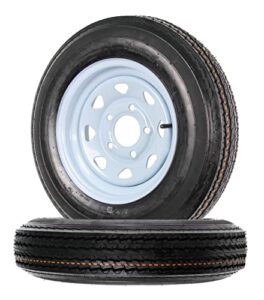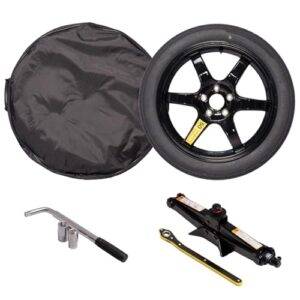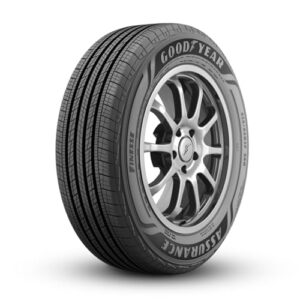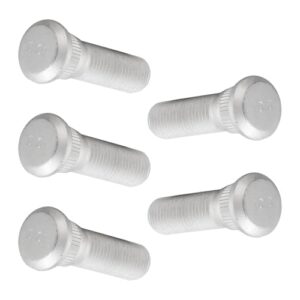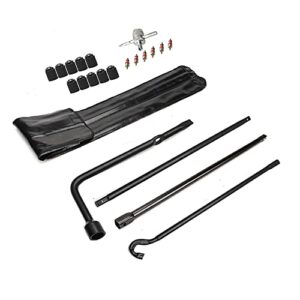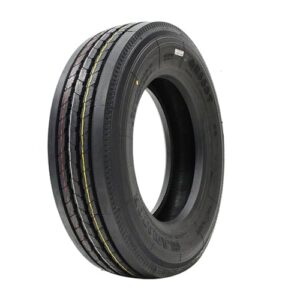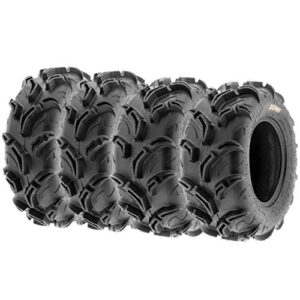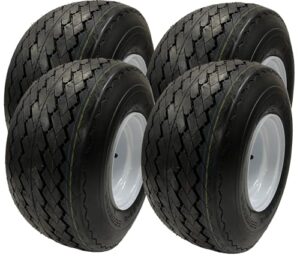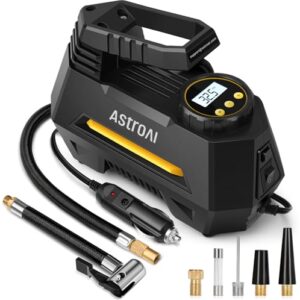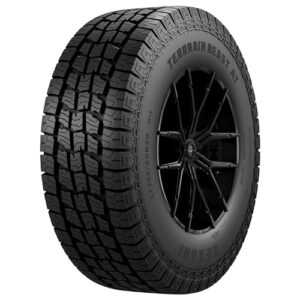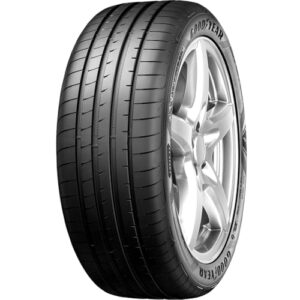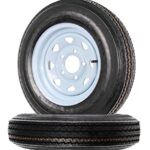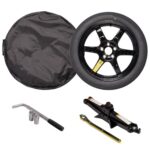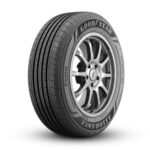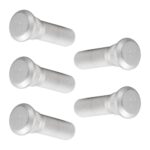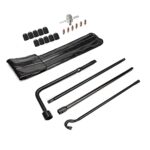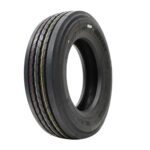Store tires in a cool, dry place away from sunlight. Keep them in airtight bags, standing upright.
Proper tire storage during winter is crucial for extending their lifespan. Tires deteriorate when exposed to harsh elements like sunlight, moisture, and extreme temperatures. A garage or basement can be a perfect storage spot. Clean the tires thoroughly to remove any dirt or debris before storing.
Use airtight plastic bags to prevent exposure to air and moisture. Store the tires upright to maintain their shape and avoid flat spots. Investing in a tire rack can help keep them organized and off the ground. By following these steps, you ensure your tires remain in excellent condition, ready for use when needed.
Tire Cleaning
Proper tire cleaning ensures your tires remain in great condition during winter storage. Follow these steps to remove dirt and grime, and dry thoroughly before storing your tires.
Remove Dirt And Grime
First, use a hose to rinse off loose dirt. This will help in removing larger particles. Next, take a bucket filled with warm water and add a mild soap. Use a soft brush to scrub the tires gently. Make sure to clean the treads and sidewalls thoroughly. Rinse the tires again with clean water to remove any soap residue.
Dry Thoroughly
After cleaning, it’s crucial to dry the tires completely. Use a clean, dry cloth to wipe off excess water. Pay special attention to the treads and grooves. You can also let the tires air dry in a shaded area. Avoid direct sunlight as it can damage the rubber.
Ensuring your tires are dry helps prevent mold and mildew. This step is vital for maintaining the longevity of your tires during winter storage.
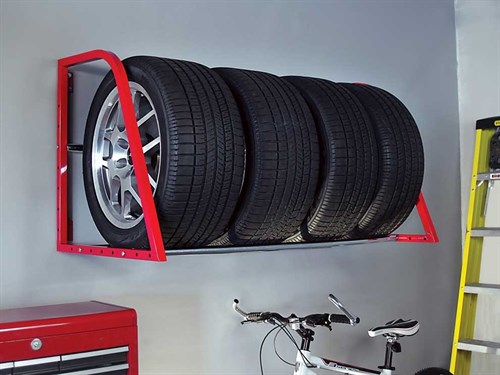
Inspection
Inspecting your tires before storage is crucial. This ensures they remain in good condition. Proper inspection helps identify any damage or wear. This can save you from future issues and expenses.
Check For Damage
Look for any visible damage on your tires. This includes cuts, cracks, or punctures. Damaged tires can worsen if not addressed. Use a flashlight for a thorough check.
- Inspect the sidewalls for cracks.
- Check the tread for any embedded objects.
- Examine the valve stem for leaks.
Assess Tread Depth
Tread depth is vital for tire performance. Use a tread depth gauge to measure. Adequate tread depth ensures safety on the road.
- Insert the gauge into the tread groove.
- Check the reading on the gauge.
- Replace tires if tread is below 2/32 inch.
Regularly checking tread depth helps maintain optimal tire condition. This simple step can prevent accidents and improve vehicle handling.
| Inspection Step | Details |
|---|---|
| Check for Damage | Look for cuts, cracks, and punctures. |
| Assess Tread Depth | Use a gauge to measure tread depth. |
Proper Inflation
Proper inflation is crucial for storing tires in winter. Tires with the correct pressure last longer. They also perform better when used again. Follow these steps to ensure proper inflation before storing your tires.
Maintain Correct Pressure
Before storing, check your tire pressure. Use the manufacturer’s recommended pressure level. You can find this information in your car’s manual or on the tire itself. Maintaining the correct pressure helps prevent damage and extends tire life.
| Tire Type | Recommended Pressure (PSI) |
|---|---|
| Passenger Car Tires | 32-35 PSI |
| Light Truck Tires | 35-45 PSI |
| Performance Tires | 40-45 PSI |
Use A Tire Gauge
A tire gauge ensures accurate readings. Digital gauges are easy to use and read. Follow these steps to use a tire gauge:
- Remove the valve cap from the tire.
- Place the gauge onto the valve stem.
- Press down until the hissing sound stops.
- Read the pressure on the gauge display.
- Adjust the pressure if needed.
- Replace the valve cap.
Proper inflation helps your tires stay in good condition. This ensures they are ready for use when winter ends. Keep your tires safe and extend their lifespan with these simple steps.
Storage Location
Storing tires in winter is crucial to extend their life. Choosing the right storage location is key. Proper storage prevents damage and keeps tires in good condition.
Choose A Cool, Dry Place
Store your tires in a cool, dry place. This prevents moisture buildup, which can cause tire damage. Basements or climate-controlled garages are perfect.
- Cool temperatures help keep the rubber from deteriorating.
- Dry conditions prevent mold and mildew.
Avoid places with temperature fluctuations. Consistent climate is best for tire storage.
Avoid Direct Sunlight
Direct sunlight can harm your tires. UV rays cause the rubber to crack and age faster.
- Store tires in a shaded area.
- Use a tarp or tire cover for added protection.
Keeping tires out of the sun preserves their quality. This ensures they last longer and perform better.
Positioning
Proper positioning is crucial for tire storage during winter. Correct placement prevents damage and prolongs tire life. Below are some tips on how to position your tires.
Store Vertically
Always store tires vertically to maintain their shape. Vertical storage helps the tires hold their form. It reduces stress on the rubber. Use a tire rack or wall mounts for vertical storage.
Avoid Stacking
Never stack tires on top of each other. Stacking can cause distortion over time. It places undue weight on the lower tires. Use shelves or racks to keep tires separate.
| Positioning Tips | Benefits |
|---|---|
| Store tires vertically | Maintains tire shape |
| Avoid stacking | Prevents distortion |
- Vertical storage reduces stress on the rubber.
- Using racks helps keep tires in good condition.
- Store your tires in a cool, dry place.
- Keep them away from direct sunlight.
- Ensure the area is free of chemicals.
Proper positioning ensures your tires are ready for use when the weather warms up.
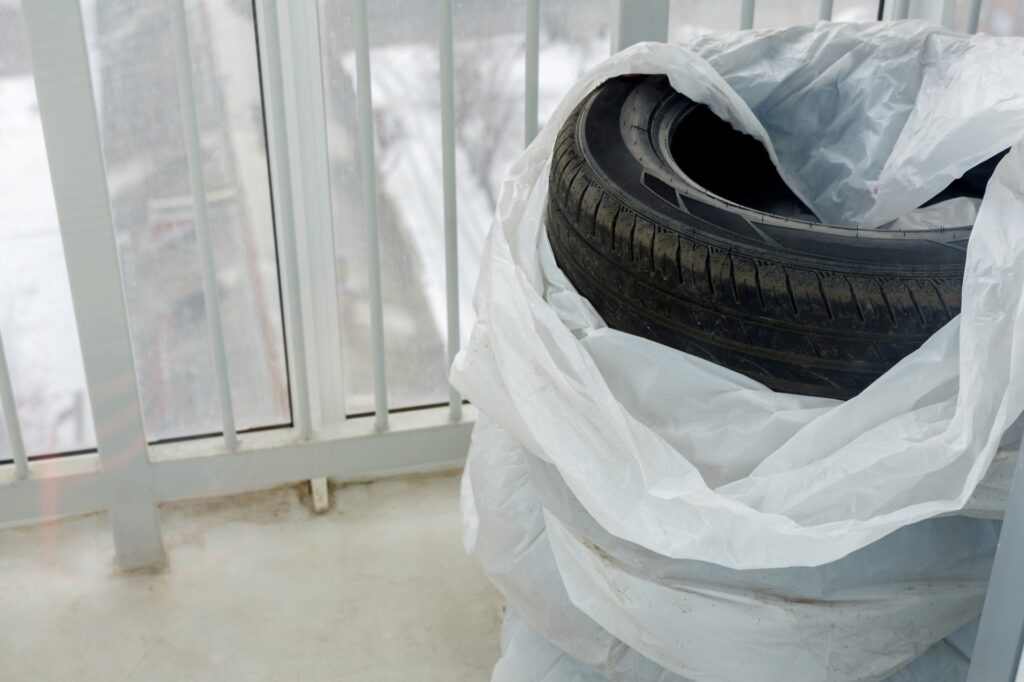
Protective Covers
Using protective covers for tires during winter storage is crucial. They shield tires from dust, moisture, and sunlight. This helps in extending the life of the tires. Below are effective ways to use protective covers.
Use Tire Bags
Tire bags are an excellent choice for storing tires. They are easy to use and cost-effective. Here are some benefits of using tire bags:
- Moisture Protection: Tire bags prevent moisture build-up.
- Dust Shield: They keep tires free from dust.
- Sunlight Block: Tire bags block harmful UV rays.
Ensure the bags are sealed tightly. This prevents air from entering and causing damage. Label each bag for easy identification.
Avoid Plastic Wrap
Avoid using plastic wrap for tire storage. It traps moisture, leading to tire damage. Unlike tire bags, plastic wrap does not provide adequate protection.
Plastic wrap can also cause the tires to sweat. This may lead to mold and mildew formation. Always opt for breathable materials instead. This keeps the tires in optimal condition.
| Protective Cover | Benefits |
|---|---|
| Tire Bags | Moisture protection, dust shield, sunlight block |
| Plastic Wrap | Traps moisture, causes sweating, inadequate protection |
Rotate Tires
Rotating tires is crucial for extending their lifespan. It ensures even wear and better performance. This practice is essential, especially before storing tires for winter. Proper rotation methods can help you get the most out of your tires.
Swap Positions
Swapping tire positions is an effective way to ensure even wear. Move the front tires to the back and vice versa. This helps distribute the wear more evenly.
Follow this simple pattern:
- Front-left to rear-right
- Front-right to rear-left
- Rear-left to front-right
- Rear-right to front-left
Consistent rotation helps in balancing the wear. It increases the lifespan of your tires.
Balance Wear
Balancing wear is critical for tire maintenance. It ensures that all tires wear out at the same rate.
To achieve balanced wear, consider these steps:
- Rotate tires every 6,000 to 8,000 miles.
- Use a criss-cross pattern for maximum effect.
- Check for any signs of uneven wear.
Regular checks help in identifying issues early. This keeps your tires in optimal condition.
| Action | Frequency |
|---|---|
| Rotate Tires | Every 6,000 to 8,000 miles |
| Check for Wear | Monthly |
Proper rotation and wear balance are keys to tire longevity. Follow these steps to make your tires last longer.

Regular Checks
Storing tires in winter requires regular checks to ensure their condition. This prevents damage and extends their lifespan. Regular inspections help identify any issues early.
Inspect Periodically
Inspect tires periodically to spot any signs of wear or damage. Look for cracks, bulges, or punctures. Use a flashlight to check the treads and sidewalls. Rotate the tires to get a full view of each one.
- Look for visible damage.
- Check tread depth with a gauge.
- Ensure no objects are embedded.
Monitor Conditions
Monitor the storage conditions to keep tires in good shape. Check the temperature and humidity levels regularly. Tires should be kept in a cool, dry place. Avoid direct sunlight and heat sources.
| Condition | Perfect Range |
|---|---|
| Temperature | 50-70°F (10-21°C) |
| Humidity | Less than 50% |
Use a hygrometer to measure humidity. Use a thermometer to check temperature. Adjust storage conditions if needed.
- Check temperature and humidity weekly.
- Ensure proper ventilation.
- Keep tires off the ground using a rack.
Frequently Asked Questions
Is It Okay To Store Tires In An Unheated Garage?
Yes, it’s okay to store tires in an unheated garage. Keep them away from direct sunlight and chemicals. Ensure they are clean and dry. Avoid placing heavy objects on them.
Should Tires Be Stored Vertically Or Horizontally?
Store tires vertically to prevent deformities. Keep them in a cool, dry place, away from direct sunlight.
What’s The Best Way To Store Tires For The Winter?
Store tires in a cool, dry place, away from sunlight. Clean them thoroughly and keep them in airtight bags. Stack them vertically to prevent damage. Avoid placing them on concrete floors. Use tire covers for added protection.
Should I Deflate My Tires For Storage?
No, you should not deflate your tires for storage. Keep them inflated to the recommended pressure. This prevents flat spots and damage.
Conclusion
Proper tire storage in winter extends their lifespan and ensures safety. Follow the tips provided for optimal results. Clean and dry tires before storing them in a cool, dark place. Use tire totes or covers to protect them. Check tire pressure before reinstallation.
These steps help maintain tire quality and performance.




